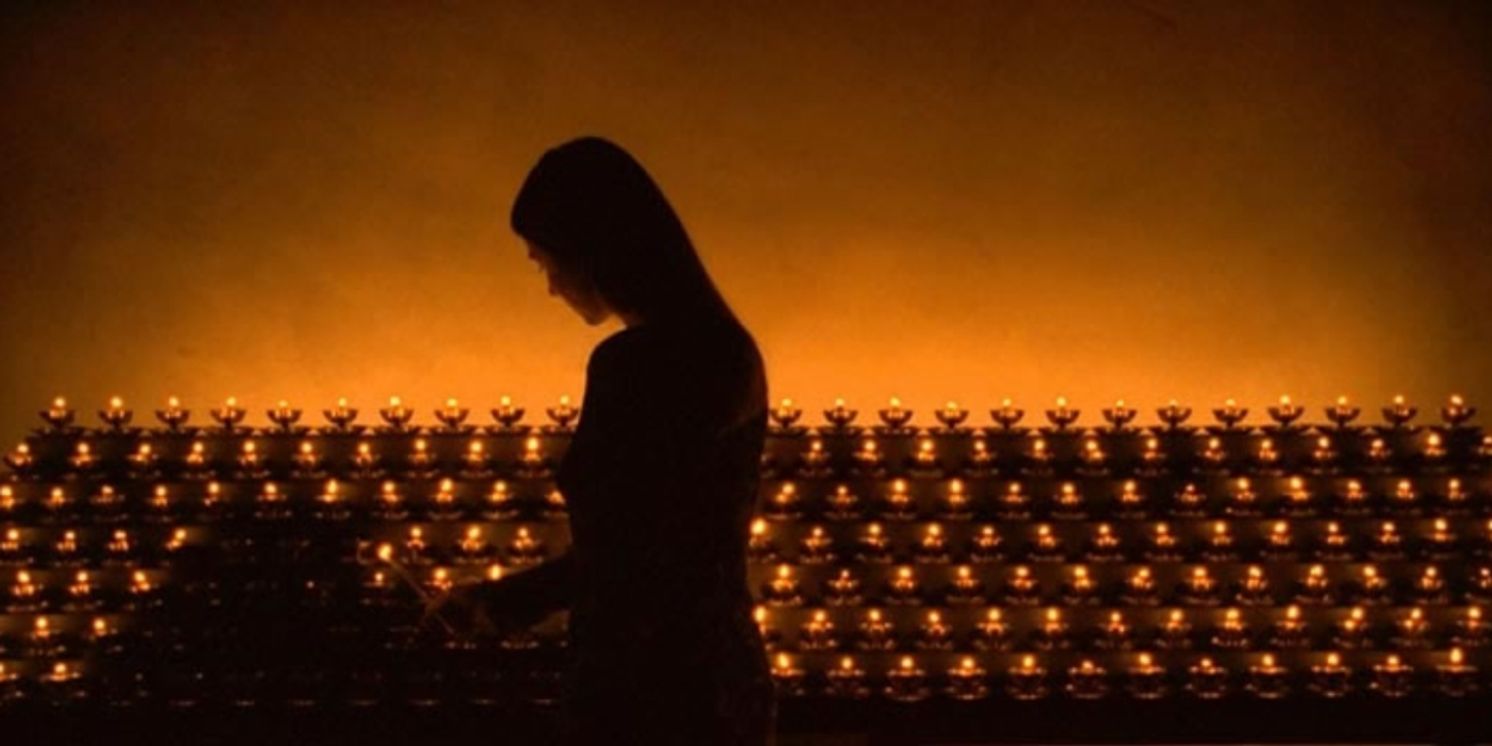Review: THE TRISTAN PROJECT at LA Philharmonic
The score soars but the video flounders at the LA Philharmonic

LA Philharmonic's Tristan Project allows audiences to experience a first-rate performance of Richard Wagner's 1859 Tristan und Isolde. It is difficult to imagine a better team than conductor Gustavo Dudamel and director Peter Sellars to allow Wagner's score to freely and mystically float through the Walt Disney Concert Hall uninhibited by stage mechanics and repurpose every inch of the space to paint reverberating aural images of sailors at sea, looming grand cities, and lovers smitten with each other beyond the bounds of this mortal plane. Wagner's score seems to prefigure the way cinematic music would be composed a century after his death and conveys a captivating dramatic story free from any compulsory elements of theatrical design. With a limited lighting plot, singers all in black, and a simple platform as the only set, the music is allowed to reign as the star of the three evenings.
Michael Weinius' Tristan is all rich earth and fire. At moments of intensity, his voice blends with the orchestra, adding a trembling vigor that joins with reverberating percussion and tender berths of cellos. Meanwhile, Miina-Liisa Värelä's Isolde has an airy lightness that wafts like incense above the flutes and violas while maintaining a rich, buttery, smoothness that cues us in on her lovesickness. As the wise but scheming Brangäne, mezzo-soprano Okka von der Damerau is the sharp, bright knife point that can cut through the warm butter of Värelä's voice as it seductively slides about the pan. With all of the simple stillness in this staging, only Ryan Speedo Green's Kurwenal seems trapped without movement. During no one else's performance do we feel like we are witnessing an evening of "park and bark".
All my compliments to the score, the singers, the philharmonic, the master choral, and the stage director aside, the piece would have flourished more if it had been presented as Tristan und Isolde rather than The Tristan Project. The video accompaniment created by visual artist Bill Viola does not match the expertise of- nor enhance the experience of- the other elements of the performance, and at times, it is a detraction from the overall success of the piece. Right off the bat, shaky footage of waves with harsh cuts that neither seem entirely intentional nor informed by the score loop on the screen. The framing is uninteresting and not quite pleasing enough to be a screensaver, but for lack of a better reference point, the effect of a screensaver behind the orchestra is achieved. We know from the program note that our story begins on a ship. Even without it, the haunting opening melody seems irrefutably nautical. Do we need a video representation to further explain the locale to us?
In this same vein, Viola has provided insight to his interpretation of the libretto in an extensive program note. It is rife with nuance and clearly informs Sellars' concise synopsis. However, few of the intricacies Viola has located in the libretto exist on the screen. Water serves as a visual metaphor for cleansing in act one, fire illustrates passion in act two. These are base-level associations that do not heighten our experience of the opera. Over the course of the three nights, there were three images that will resonate with me. Isolde lighting candles and existing as a silhouette that makes even Kubrick's treatment of Barry Lyndon seem harsh and overbearing, plus two trick photography shots of water in motion- a recurring motif in Viola's video installations. It seems Viola had a few moments of inspiration and then filled in the rest with un-cohesive, second-rate stock footage.
The projection and framing of the video in Walt Disney Concert Hall also seemed like an afterthought. Audiences would have a more engaging relationship with this piece if they attended with their own blindfold. Wagner's score under Dudamel conjures a ship tossed about at sea and lovers at the brink of peril better than whatever Viola has thrown up on the screen.
Reader Reviews

Videos

